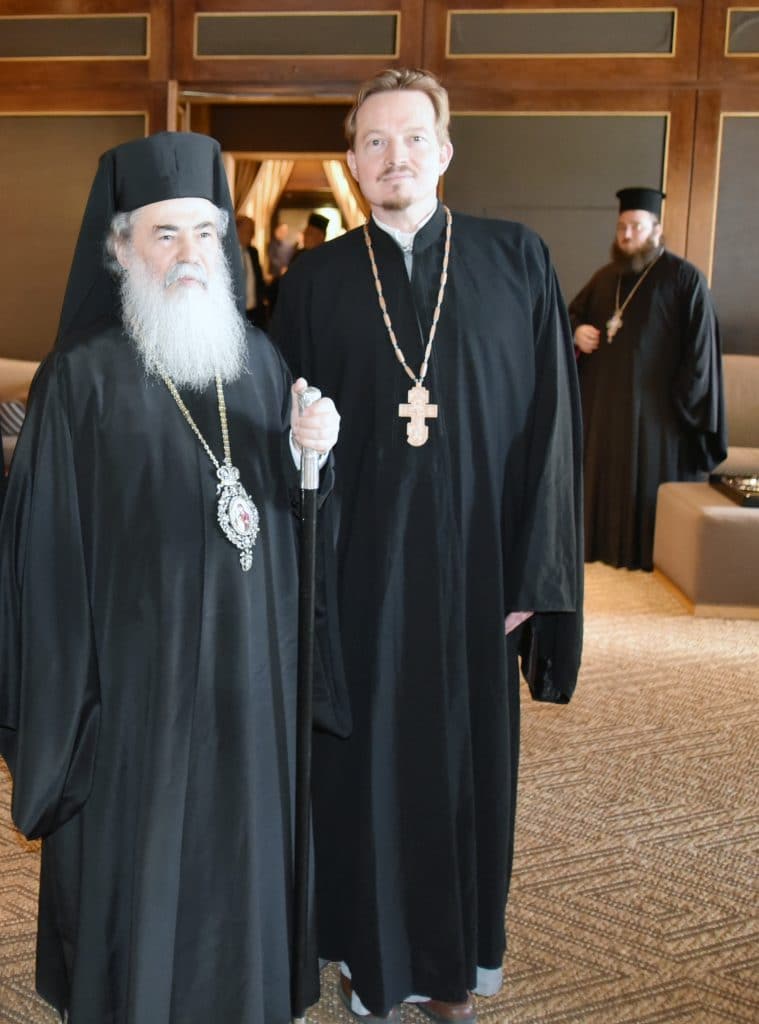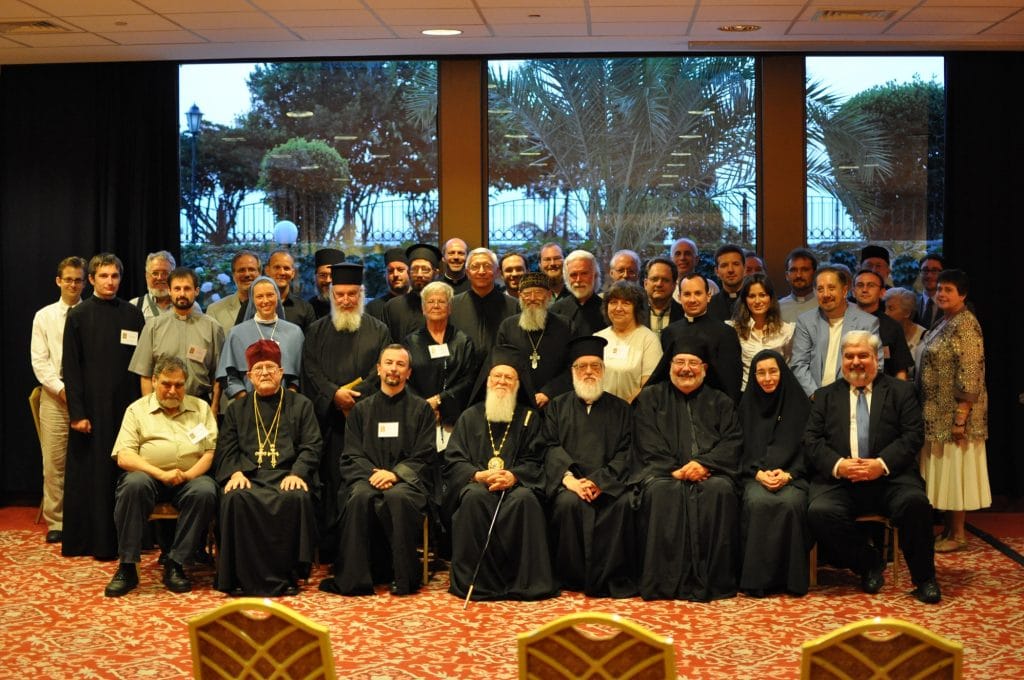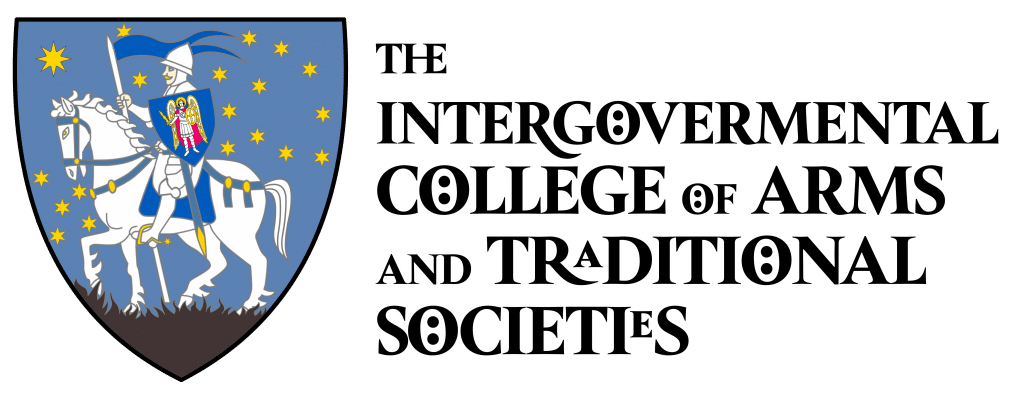The Order is dedicated to the cause of common service and dialogue between Orthodox and Catholic Christians at all levels: from the parish-level grassroots to clergy, academia, charitable institutions, and worldwide leadership.
Members of the Orders have been active in this area, through publications, webcasts, academic work, etc. A special edition of “His Broken Body” is scheduled to be updated and published for members (and wider distribution) in late 2020.

The Order’s Charter provides clear guidelines for this Ecclesiastical Dialogue:
9.4. The Order aims to promote knowledge and cooperation between Catholic and Orthodox Christians, notably at the clergy level, with reference to the words of Metropolitan Hilarion of Volokolamsk (Patriarchate of Moscow):
“Today, we as the Orthodox and Catholics encounter similar problems in the world, and our positions on many issues coincide to a considerable extent… Along with theological differences proper, there is the so-called “non-theological factor of the division”. These are the historical memory of the past controversies and conflicts and a great deal of mutual prejudices and, unfortunately, some problems which have arisen in the modern period of history.
Still, the Orthodox and the Catholics can work together on many issues. There is a mutual understanding between the Russian Church and the Roman Catholic Church in social and economic ethics, traditional morality and other problems of today’s society. Our position on the family, motherhood, population crisis, bioethical issues, on problems of euthanasia and many other issues basically coincide.
This agreement makes it possible for our Churches to bear already now our common witness to Christ in face of the secular world. We have a very positive experience of organizing Orthodox-Catholic events both in the area of the protection of moral values and the area of cultural cooperation.”
On this basis, Orthodox and Catholic participants seek to enter into dialogue and cooperation, while carefully respecting applicable ecclesiastical and hierarchical rules.
9.11. With regards to the relations between the Orthodox and Catholic Churches, Members are expected to become familiar with the following documents:
– Documents of the Joint International Commission for Theological Dialogue Between the Catholic Church and the Orthodox Church, including the Balamand and Ravenna statements
– Joint Declaration of Pope Francis and Patriarch Kirill (2016)
– Text: His Broken Body: Understanding and Healing the Schism Between the Roman Catholic and Eastern Orthodox Churches (Laurent Cleenewerck)
9.12. While rejecting aggressive proselytism, the Order affirms the freedom of individuals to chose to retain or change their religious affiliation. The Order passes no judgment on Orthodox Christians who become Catholic or vice-versa, and respects the right of Eastern Catholics to remain, individually or corporately in their current ecclesial status. However, the Order would prefer to see the canonical territories of historic ecclesiastical regions respected (e.g. Russia, France) so as to avoid the appointment of Orthodox and Catholic local bishops in the same city (e.g. an Orthodox and Catholic bearing the title of the same city). In this regard and as an example, the existence of Catholic Apostolic Administrators (bishops) on Russian territory, as appointed by Pope John Paul II, is considered a preferred model that could and should be returned to.




